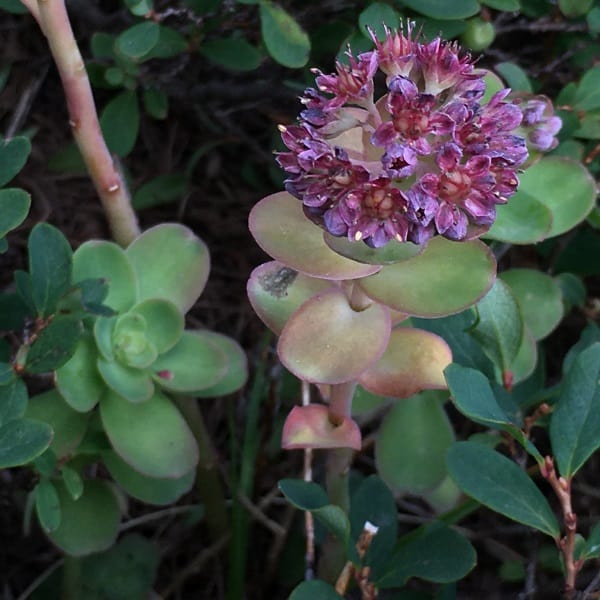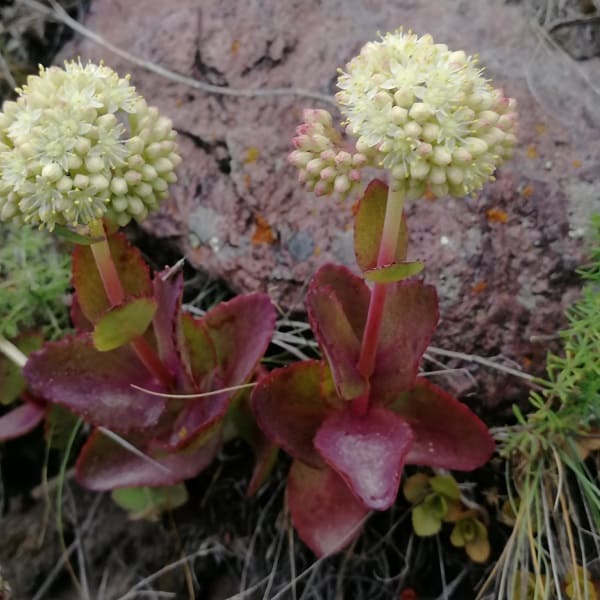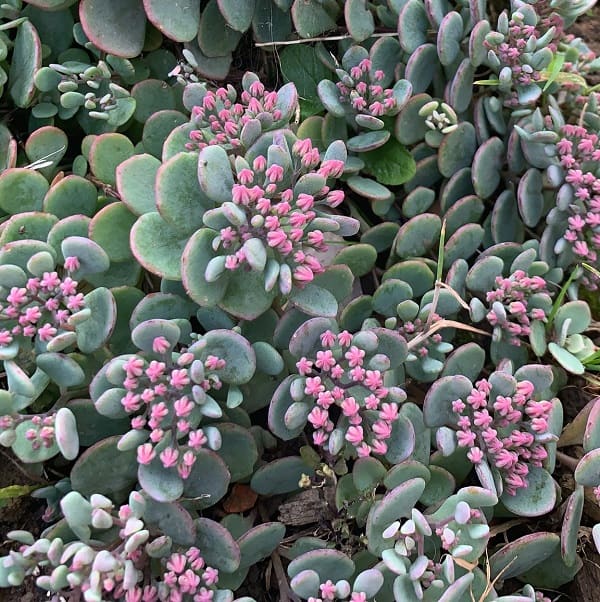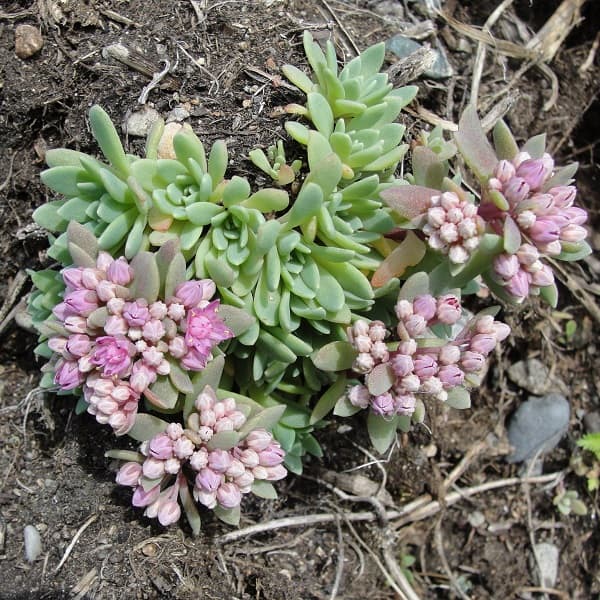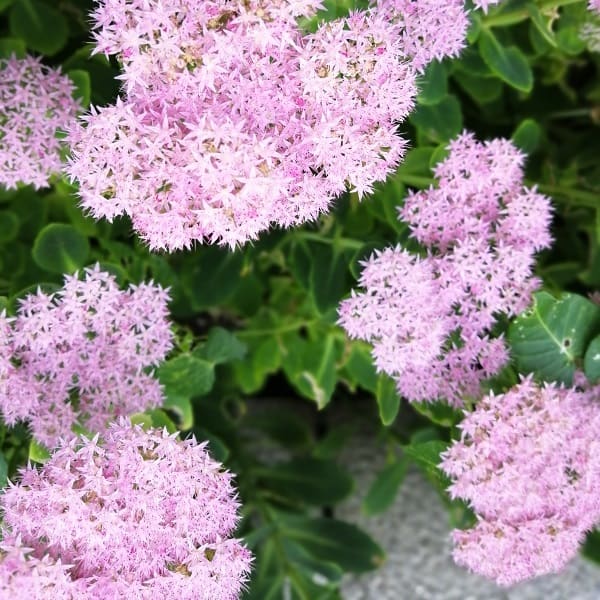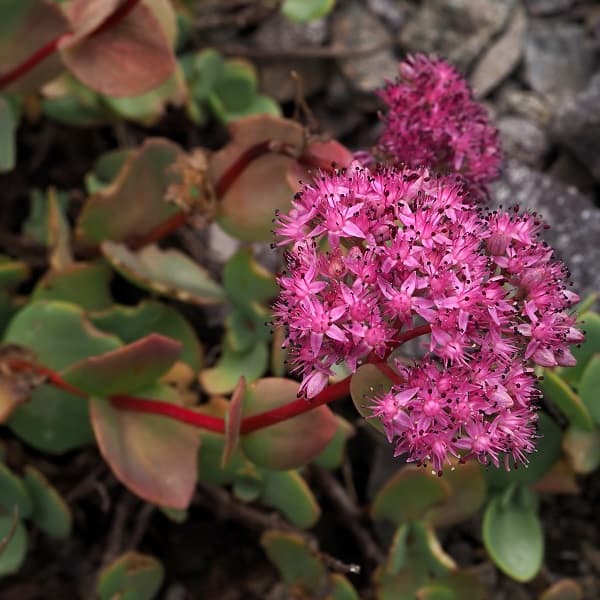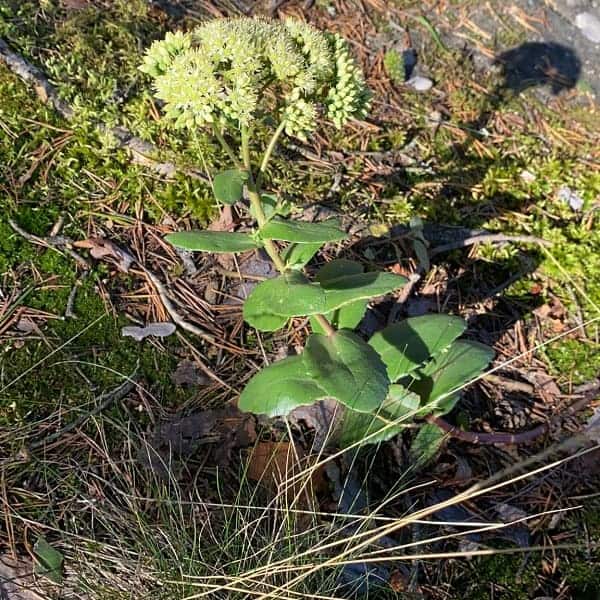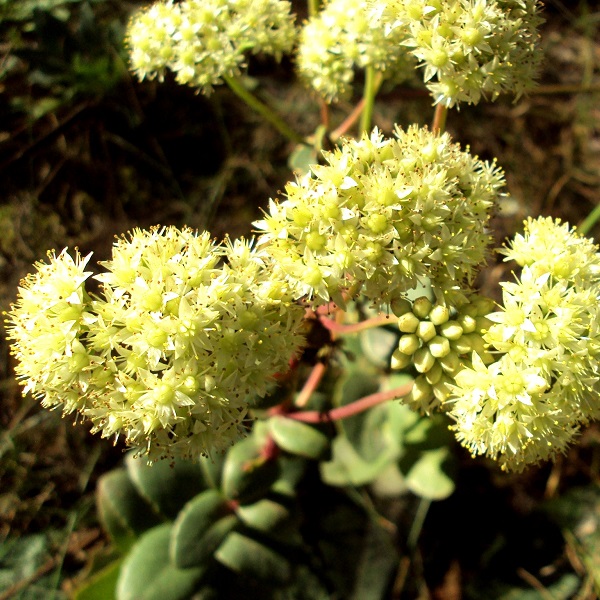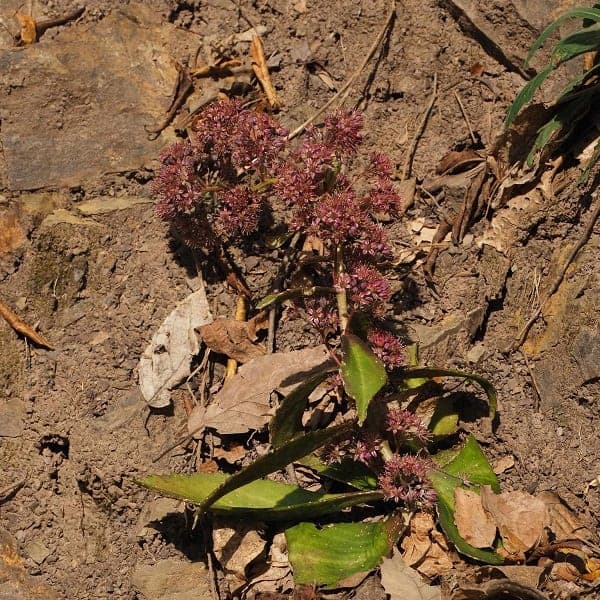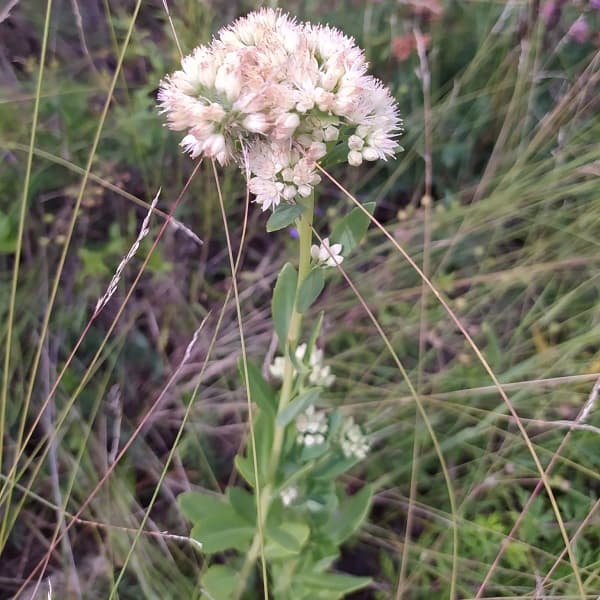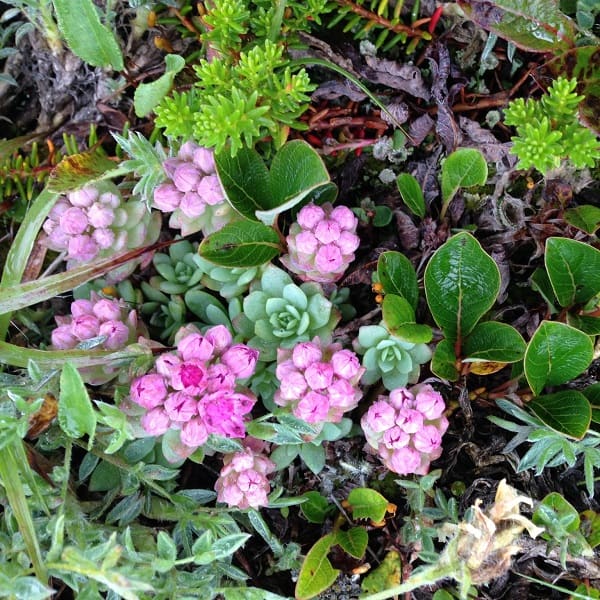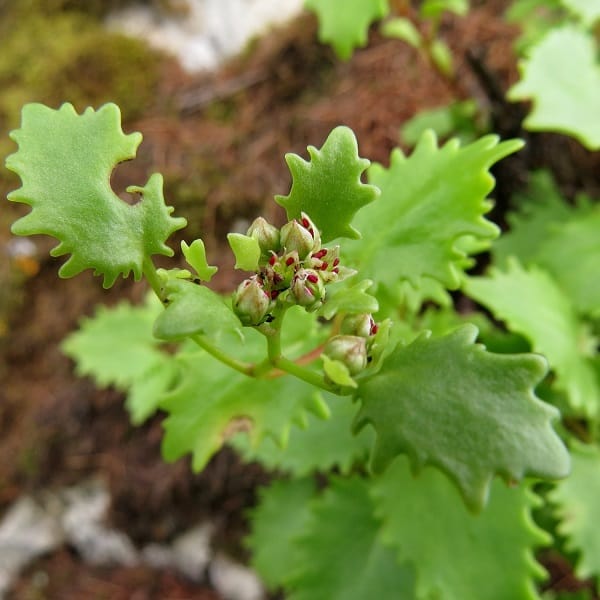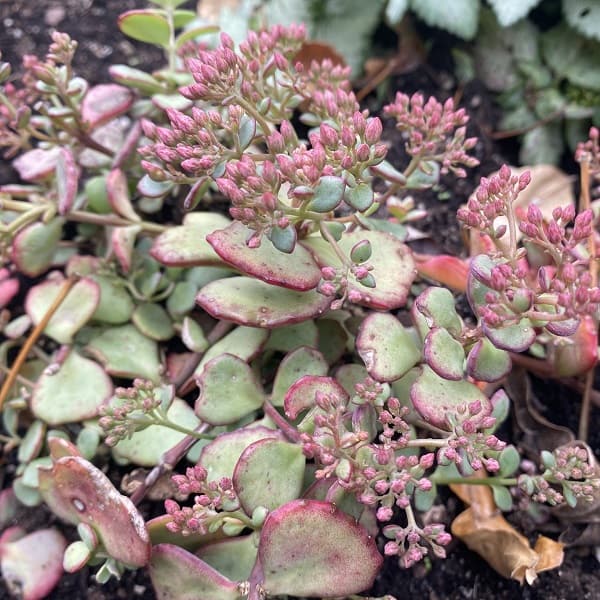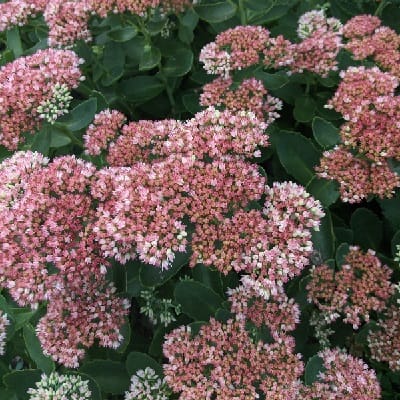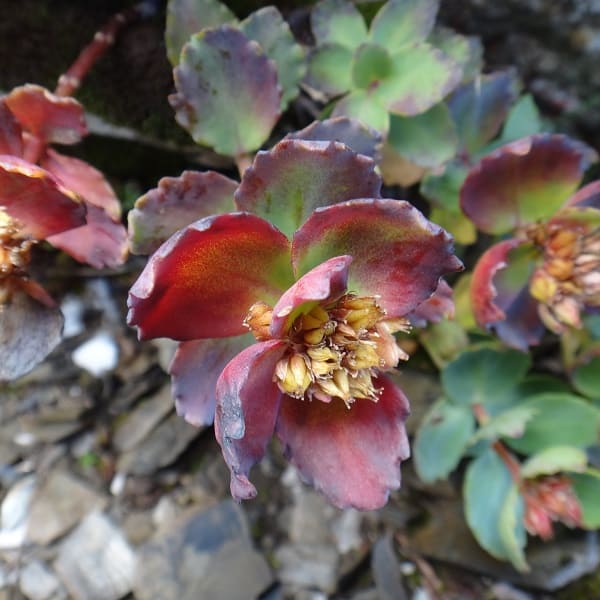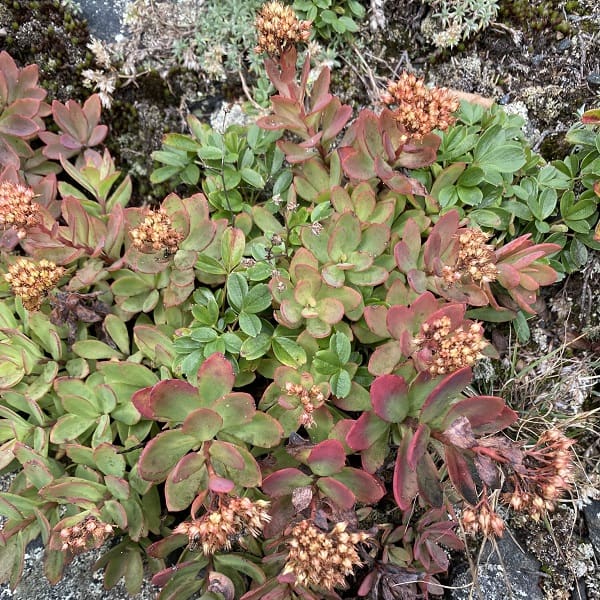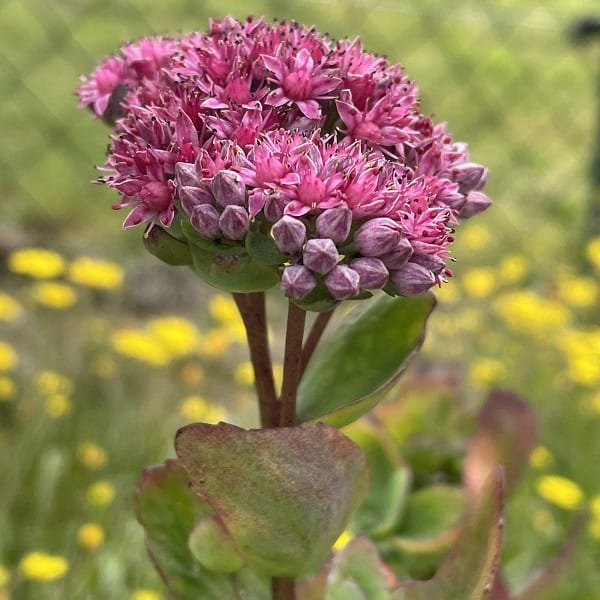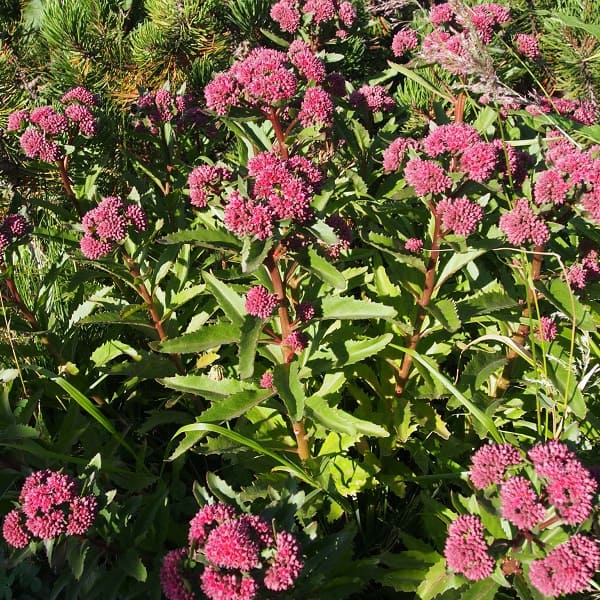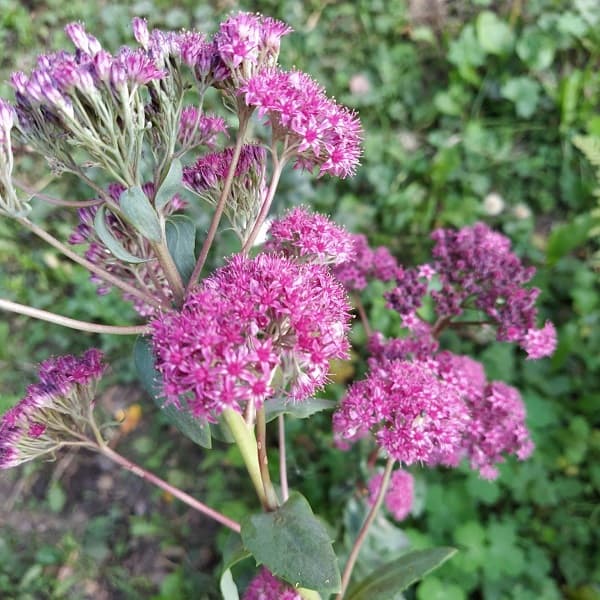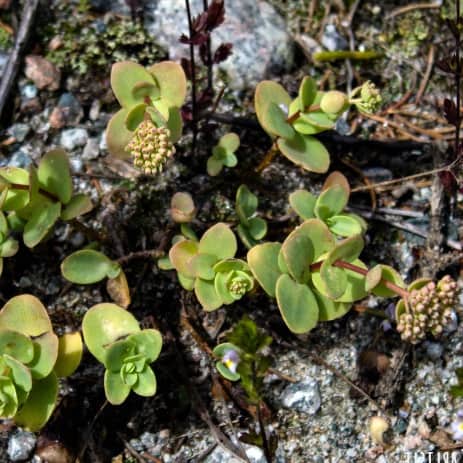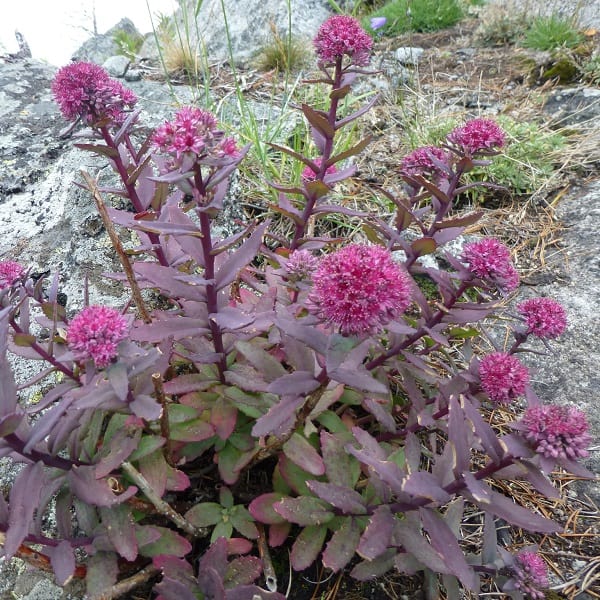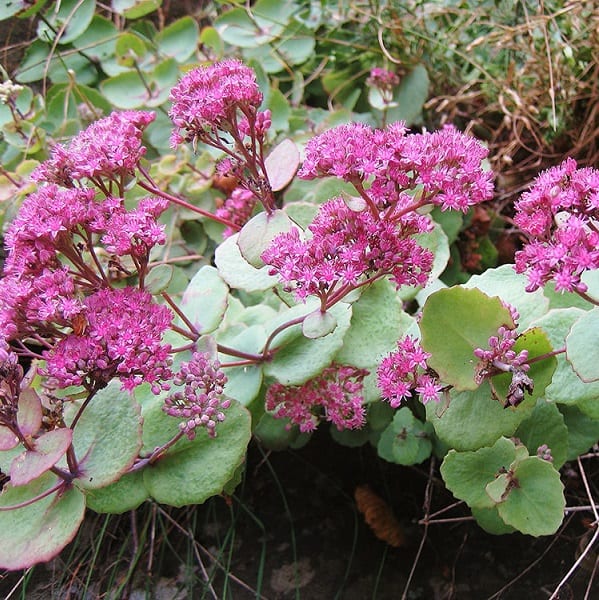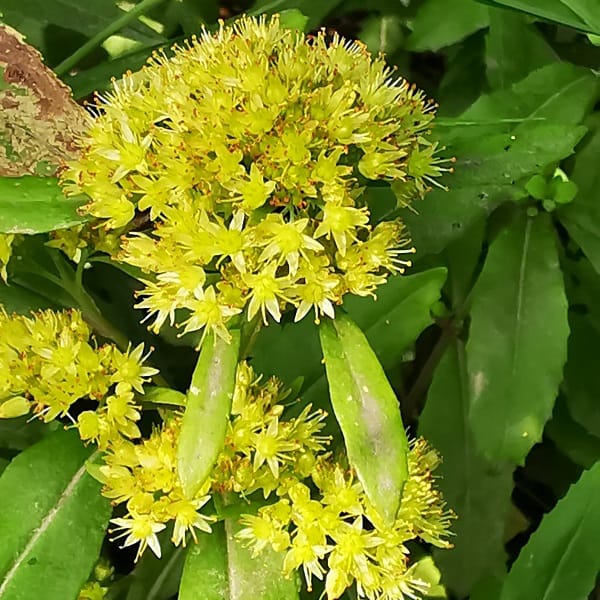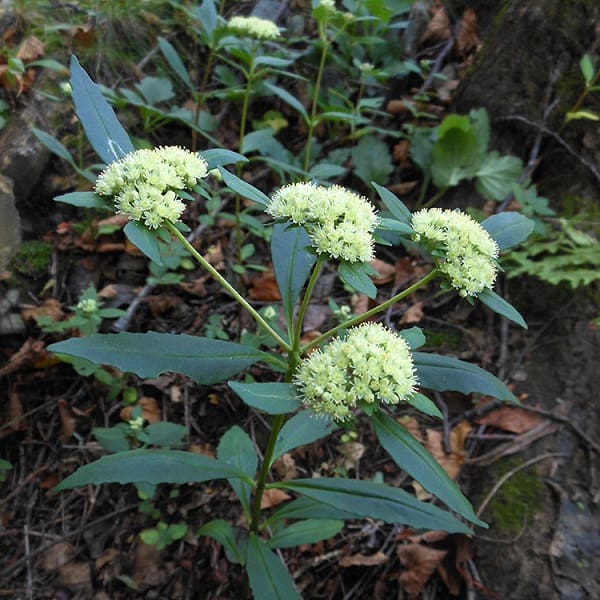24 Types of Hylotelephium Succulents [With Pictures]
First things first. Hylotelephium is a stonecrop succulent type that can be toxic to both humans and animals. So, make sure you know which species you are getting and definitely don’t ingest them.
Now, Hylotelephium is from a family called the Crassulaceae and has about 33 species. They are all succulents that produce flowers and here’s how you take care of them.
Contents
Types of Hylotelephium Succulents
Hylotelephium anacampseros Hylotelephium caucasicum Hylotelephium cauticola Hylotelephium cyaneum Hylotelephium erythrostictum Hylotelephium ewersii Hylotelephium maximum Hylotelephium maximum ssp. ruprechtii Hylotelephium mingjinianum Hylotelephium pallescens Hylotelephium pluricaule Hylotelephium populifolium Hylotelephium sieboldii Hylotelephium spectabile Hylotelephium subcapitatum Hylotelephium telephioides Hylotelephium telephium Hylotelephium telephium ssp. fabaria Hylotelephium telephium ssp. purpureum Hylotelephium tianschanicum Hylotelephium triphyllum Hylotelephium ussuriense Hylotelephium verticillatum Hylotelephium viviparum
Read also:
1,000 Types of Succulents with Pictures
How to Grow and Care For Hylotelephium
Also known as Sedum (there is a story behind the name ‘Sedum’ but we’ll get to that in a bit), these plants can be grown in rock gardens and pots. Their flowers are often cut and used for decorative purposes inside the house.
These flowering succulents are originally from many places in Asia, Europe and North America which means they can grow in a variety of habitats from swampy regions to woodlands.
The plant is known to bloom in the fall between September and late October. Some species like the Autumn Charm and Beach Party have unique features which make them more popular than the others.
These succulents have thick and fleshy leaves which allows them to retain moisture. That means the plant is quite drought tolerant and does not need too much watering. These herbaceous perennial plants also look lovely next to other flowering plants like Yarrow, the Pearly Everlasting and Coneflower.
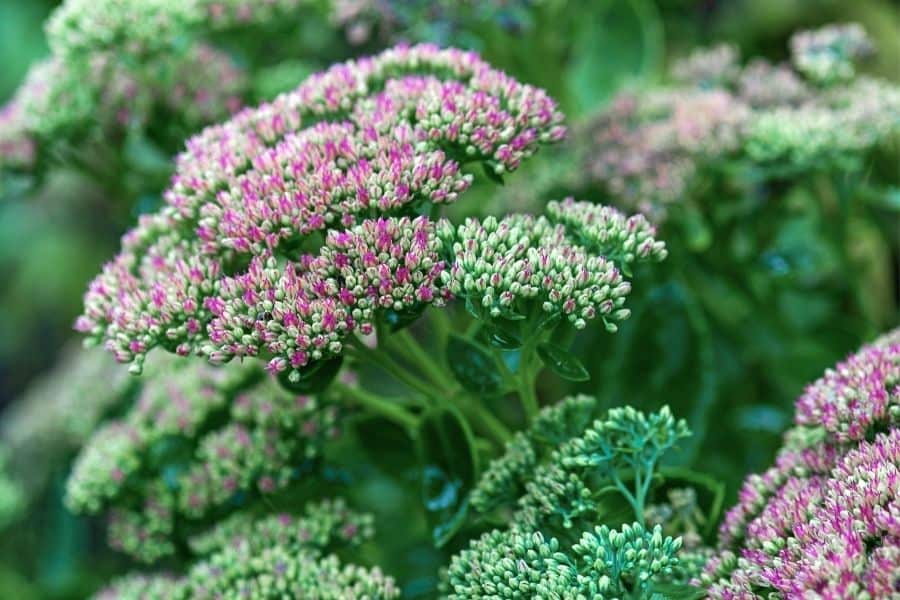
Light
The Hylotelephium plants love sunlight and need at least six hours of full and direct sun every day. You can place them in shaded spaces, but they won’t grow or bloom as well. If you are growing this plant inside the house, you must find the brightest room or a south- or east-facing window.
But if you live in arid regions, the afternoon sun might be a bit much once the flowers appear. Much like many succulents, these plants don’t do very well in extreme winters. So, if the temperature is below 30 degrees Fahrenheit, the Hylotelephium plant will die.
Watering
Not much, as is the case with most succulents. It can store water in its leaves which helps it survive full sun even in hot weather. But make sure you water the plant when the soil is dry. Overwatering is a real problem so make sure there is never any standing water in the pot.
Read also:
How Often to Water Succulents
Soil
A healthy Hylotelephium needs well-draining soil. As is the case with waterlogging, these plants don’t do very well in heavy soil either and it will lead to weak stems and lack of growth in general.
Read also:
Best Soil for Succulents in Pots
If you want to transplant the plant, wait till spring which is its growing season. Do it as soon as there is new growth. This is also the best time because it gives the roots some time to settle and develop before the summer heat hits. If you want to keep the plant small, prune it in early spring or fall.
Fertilizing
These plants don’t need a lot of fertilizers, but if you are keen, you can feed them a compost layer on a yearly basis. If you do want to stick to fertilizers, stay away from the high-nitrogen options.
Read also:
Best Fertilizer for Succulents
Climate
These plants have a great tolerance for humidity and high temperatures. But if the heat registers to be more than 90 degrees Fahrenheit, bring it to a shady space so that the leaves don’t get scorched.
How to Propagate Hylotelephium
These stonecrop succulents grow best when you plant and develop them in bulk. Outdoor settings are perfect for them because they attract butterflies, bees and hummingbirds too. All of them are excellent pollinators.
You can propagate them through stem cuttings or divisions. If you’re going for the former, get the cutting from newer stems because the older ones take a lot more time to grow roots. Get about 2-6 inches of the stem in the growing season and aim for early mornings or late afternoons. Remove the leaves, put them in a polythene bag with a damp towel so that the cuttings don’t get dry. Plant them in well-draining soil and wait for the roots.
If you’re going for the divisions, do it when it is not too hot. Get a perimeter of the mother plant and lift it gently out of the soil. Even when getting the divisions with a knife or with your hands, be gentle. Plant them in well-draining soil and keep them moist until you see the roots grow.
FAQs
Is Hylotelephium the Same as Sedum?
Hylotelephium used to be grouped as a Sedum but a new genus was created after it was noticed that some of the species in this category are very different. Stonecrops which have small leaves are still categorized as Sedum. But succulents with large leaves and thick roots are now called Hylotelephium.
But a lot of these plants are still sold as Sedum because the changes have not exactly been noted and executed.
Where Does Hylotelephium Grow?
If you’re talking about the soil, get a well-drained soil mix. If you’re talking about location, full sun is the ideal setting. If you’re talking about the time of the year, February to March is a good time to cut the seed heads. If you’re talking about the weather, hot and dry climate works best.

